The country calls
From narratives of post-war economic “national reconstruction” to a 21st century era of “building prosperity” – the nation calls, and Vietnam’s great transnational family answers.
A growing wave of overseas-born or educated Vietnamese people are electing to return to the country of their heritage to build their lives and careers in a renewed wave of “reverse migration” for the fast-growing southeast Asian nation.
A 2023 report from the International Organization for Migration on Vietnam’s Migration Profile indicates 25,000 of the 500,000 Vietnamese returning to the country from abroad annually are returning emigrants coming back to stay.
However, Vietnamese diasporic “return” migration is not new.
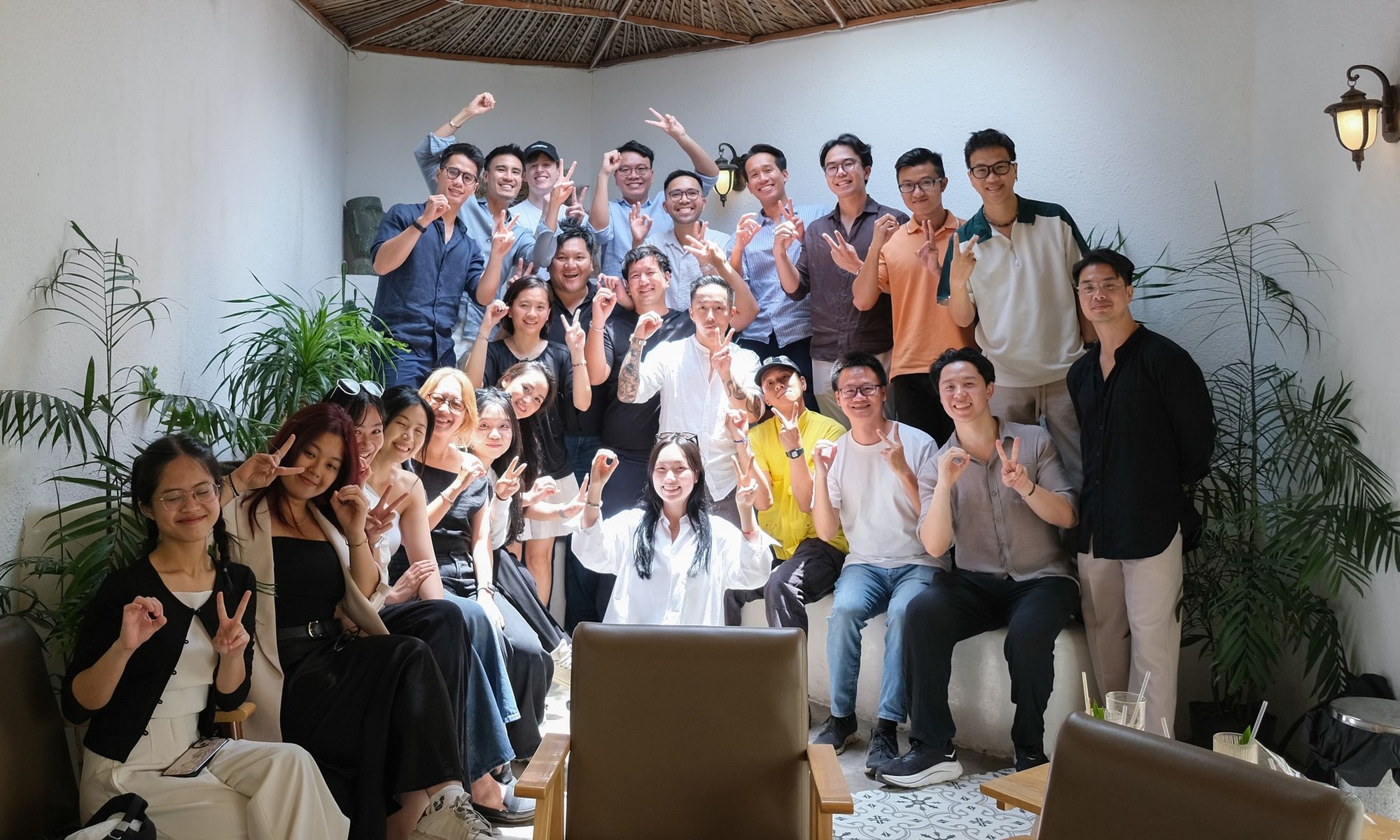
As prolific sociologist Mytoan Nguyen-Akbar writes, return migration patterns are a signal that in the 21st century, migration is no longer a “one-way flow of migrants from poor to rich countries.” According to Nguyen-Akbar, the first major influx of Việt Kiều (overseas Vietnamese) returning for short-term visits or permanent residence started in the early 2000s, indicative of a trend which has indeed broadened over time.
Landmark developments in the country’s economic reform piece during the early 2000s, such as the commencement of Vietnam-US bilateral trade and accession to the World Trade Organization, set the stage for Vietnam’s economic rise. Now, the elevation of numerous bilateral relationships and the proliferation of Free Trade Agreements across the past decade with trading blocs such as the EU, ASEAN and Asia-Pacific paint a new picture of prosperity.
And many overseas Vietnamese are responding.
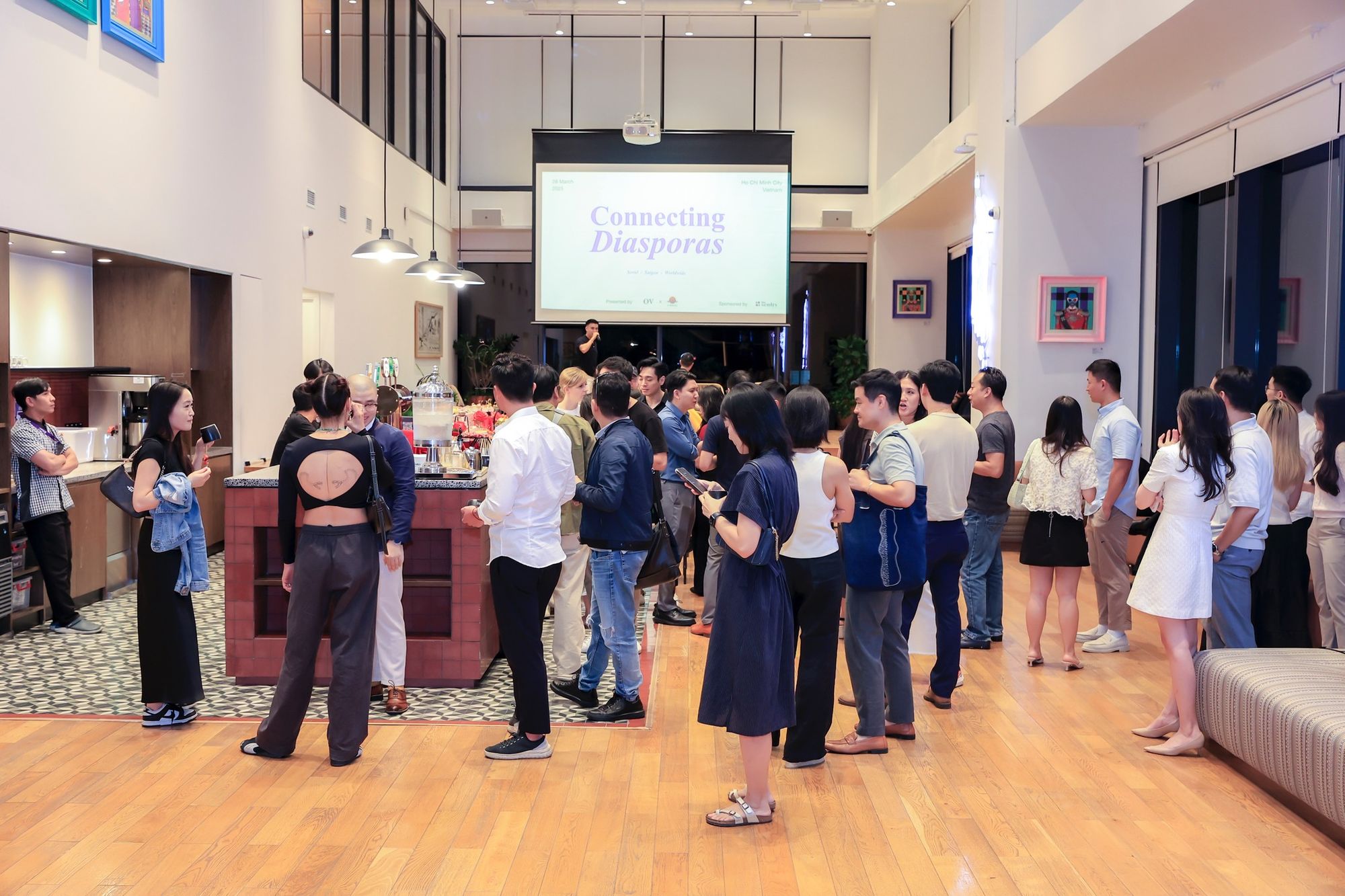
Resolution No. 36: The “Great Unity” reconciliation agenda
According to figures from the Ministry of Foreign Affairs’ State Committee for Overseas Vietnamese Affairs, the diaspora community comprises 6 million Vietnamese living in over 130 countries and territories around the world.
The United Nations General Statistics Office reports between 2.5 and 3 million Vietnamese refugees and exported workers left the country in its first wave of mass migration, largely driven by the post-1975 war aftermath. The “1.5 generation” – those born in Vietnam but raised overseas as children – and second generation immigrants now comprise an equivalent figure.
Domestically, local media regularly folds the overseas Vietnamese demographic into the Party narrative as an asset and “inseparable part of the great national unity bloc.”
This line of policy – termed the “Great Unity” (Đại Đoàn Kết) – was formalized in Resolution No. 36-NQ/TW of 2004 to reconcile the nation’s post-war differences and reframe perceptions of those Vietnamese who ultimately decided to leave.
Now, it’s a powerful soft power mechanism which recognizes the “economic potentials” of Vietnamese communities overseas and their potential to act as integral resources for strengthening “Viet Nam’s friendship and cooperation with other countries.”
Coming home to build: Soft power in action
For newly returned tech entrepreneur Mike Le, the unexpected pace at which Vietnam has developed has created an economic environment conducive for building business in a way which allows him to empower local Vietnamese talent at the same time.
“I started out thinking maybe it’ll be a long time before I can go home, but the way the country is going – it’s actually a lot more exciting to be here,” he says.
“Vietnam’s tech ecosystem is maturing. We’re no longer just a factory for outsourced code. We’re capable of shipping world-class software products to the world.”
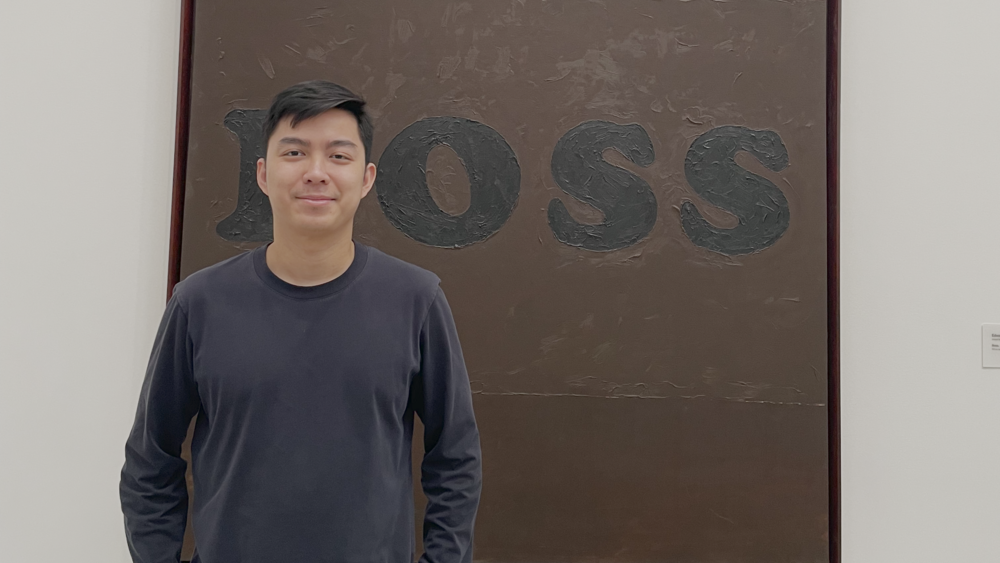
Born in Vietnam, the Silicon Valley-primed founder left at 16 to pursue an education in the United States, where he stayed for 12 years before making the recent decision to return home and build his startup from Ho Chi Minh City.
He notes a generational difference in the reactions he received when he broke the news to friends and family.
“My parents were happy, but they wondered if it was the right decision – financially, career-wise. There’s still a perception that opportunities in the US are better. Many of us left 10, 15, 20 years ago when Vietnam was developing and the infrastructure and opportunities weren’t here yet.”
“Now things are different – business opportunity-wise, it’s more diverse. You can build a global business from Vietnam, especially thanks to the Internet, and you’re not locked into the local job market, which unlocks a lot of potential. You’re living in the same culture you grew up with, but earning globally. That’s an exciting time to be here trying it out.”
Global citizens: Windows into another time
The journey “home” for second generation Australian-born Vietnamese educator Larry Huynh feels a bit more complicated.
“I think many people born in Australia to immigrant parents feel this in-between space. You grow up in an Australian context but don’t always fit the mold of what ‘Australian’ means, especially during moments like Australia Day or ANZAC Day,” Larry says.
“At the same time, I wouldn’t say I feel completely Vietnamese either. I relate to both, but don't feel fully at home in either. I’ve heard someone describe it as being a global citizen – that really resonated with me.”
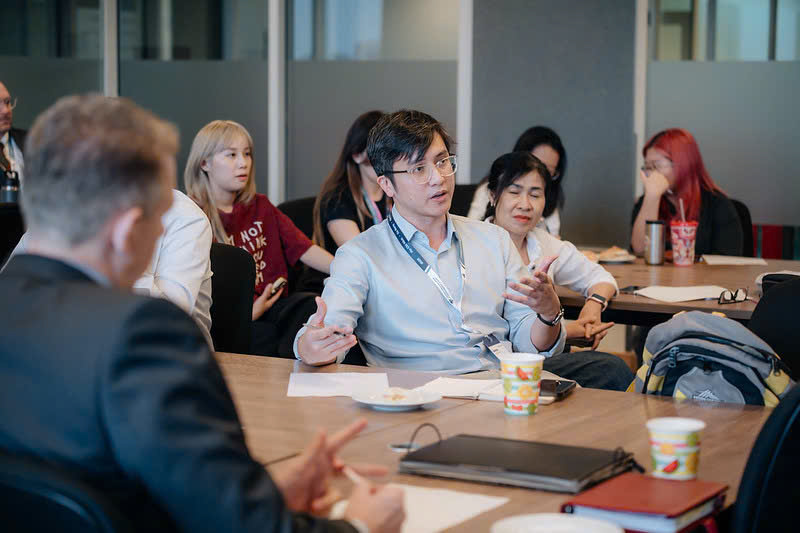
The Brisbane native has fond teenage memories of returning to a Vietnam which was just beginning to change – and sparked a fascination with the country which has now come full circle.
“The first big shopping mall had just opened, I got to go to shows, performances, even parties near District 1. For a 14-year-old, that was an eye-opener,” he recalls.
“It helped me feel more connected to a country I’d only heard about at home.”
Larry has now been living in Vietnam for a year, having relocated to work as the Dean of Students with the International School Ho Chi Minh City and to be closer to the culture and language of his heritage. He’s not surprised by news of the “reverse migration” phenomenon.
“I think our generation finds it easier to navigate both spaces. If my parents had the same opportunity, they might have considered it too,” he says.
“They're content in Australia, but I do sense a disconnect. It’s like they’re time-locked in a 70s or 80s version of Vietnam. When they visit, they speak the same language, but the cultural values and expectations can feel different.”
“The questions were along the lines of “Why are you going back?’ and “What are you getting out of this?” They thought I was giving up a lot without understanding what I might gain in return.”
“Ultimately, I had to make the decision that was best for me.”

The transnational family: What do overseas Vietnamese owe Vietnam?
Meanwhile, Finland-based Jarvis Luong is busy building a software development company which bridges the Nordic–Vietnam talent markets, and speaks to a Vietnamese diaspora community which has worked hard over time to integrate and earn the respect of its host country.
“Finland is a very homogeneous country, so any minority group is viewed as distinct. There’s a strong perception that Vietnamese engineers are curious, hardworking, and thoughtful – they don’t just follow orders, they contribute. That reputation is well earned and valuable.”
The Tekai Limited Co-Founder and CEO hasn’t made the return home to the country of his birth yet, having left to pursue tertiary education in Finland after graduating from Hanoi's Foreign Language Specialized School. That decision, were it to eventuate, hinges on practical factors like business and family.
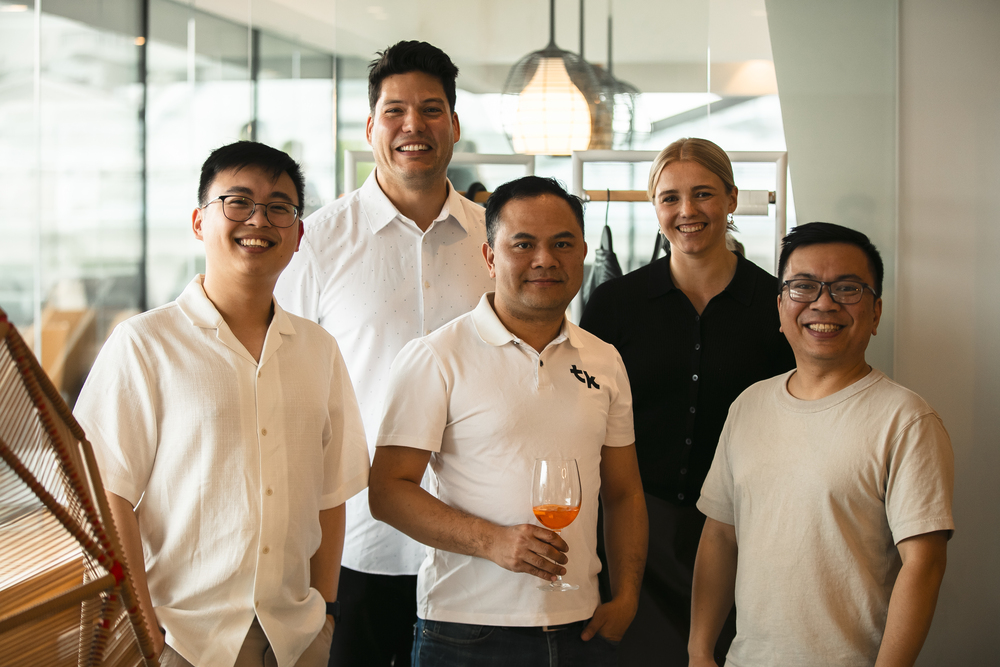
“Some parents – like mine and my co-founders’ – are liberal and just want us to do what makes us happy. But as they get older, they do become more emotionally vulnerable. At first, they don’t say anything, but eventually they start expressing a desire for you to be close by.”
“For me, it’s not a cultural obligation – I’m not the eldest son of an eldest son, so there’s no traditional expectation to stay in Vietnam and take care of family. But still, you can feel their hopes, even if they’re unspoken.”
Jarvis, now a Finnish citizen, is pragmatic about how he’d lay the groundwork for his return. At the same time, his perspective speaks to a level of “anchoring” and successful integration into Finnish society not uncommon in Vietnamese diasporic communities globally.
“While I’m not in the foreign-born category of overseas Vietnamese, I do see the reverse migration trend, and believe in Vietnam’s future.”
“What’s still lacking, in my opinion, is the mindset of innovation – of building new things. That takes time and investment in mindset shifts.”
